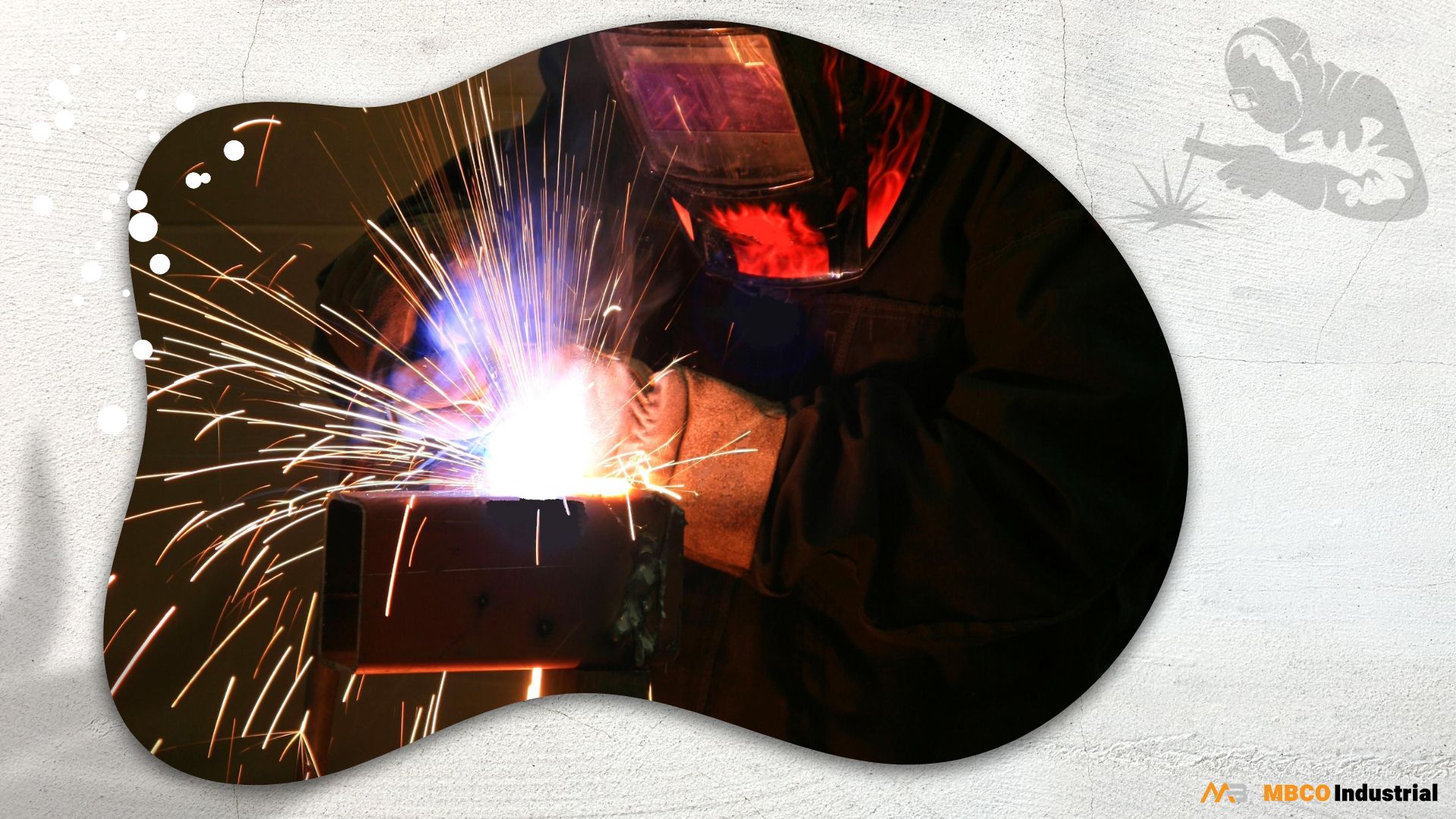Common flux core welding mistakes include improper wire speed, voltage settings, and incorrect gun angle and technique. Skilled welders also need to account for slag inclusion and porosity issues.
Flux core welding, a variant of arc welding that uses a tubular wire filled with flux, demands precise skills and attention to detail to achieve solid and clean welds. Mastery of wire selection, machine calibration, and the right travel speed are crucial to prevent common errors that can compromise the integrity of the weld.
Careful preparation of materials, including proper cleaning and fit-up, forms the foundation for practical flux core welding. Whether you’re a seasoned welder or a novice, understanding and avoiding these common pitfalls is essential for producing durable and safe welding joints.

Credit: mbcoindustrial.com
Common Flux Core Welding Mistakes
Flux core welding is a widely used technique prized for its versatility and speed, but just like any skill, it comes with its own set of potential pitfalls. Being aware of common missteps can drastically improve your work whether you’re a seasoned professional or new to the welding scene. From incorrect settings to ignoring material nuances, let’s delve into these frequent errors to ensure your welding is robust and free from flaws.
Incorrect Wire Speed
Setting the right wire speed is critical for a smooth welding process. Too fast, and the welder may have difficulty managing the molten pool, leading to spatter and poor penetration. Too slow may cause the wire to burn back to the contact tip, disrupting the welding process. Always refer to your machine’s specifications and material guidelines when adjusting your wire speed.
Inaccurate Voltage Settings
Flux core welding requires precise voltage settings for optimal performance. Inaccurate voltage can either lead to excessive spatter or lack of fusion. Various factors, including wire diameter, joint design, and material thickness, determine the correct voltage. A systematic voltage setting ensures a balanced arc and a strong weld.
Improper Gun Angle
The angle of the welding gun plays a pivotal role in the quality of the weld. A wrong angle can lead to inadequate shielding gas coverage and porosity. It’s essential to maintain a steady gun angle, typically between 5 and 15 degrees from vertical, keeping the arc on the leading edge of the weld pool.
Lack Of Pre-cleaning
Cleanliness cannot be overstated when it comes to welding. Even a small amount of contaminants, such as oil, dirt, or rust, can compromise the integrity of the weld. Pre-cleaning the material helps to ensure a pure, strong weld and should never be overlooked.
Insufficient Gas Coverage
While flux core welding often does not require an external gas supply, some processes do. When needed, insufficient gas coverage can expose the weld to atmospheric gases, causing porosity and weakening the weld. It’s vital to check and maintain proper gas flow rates and coverage throughout welding.
Ignoring Material Thickness
Every material has its unique properties that dictate how it should be welded. Not adjusting for material thickness can result in excessive penetration or lack of fusion. Matching the correct wire and welding parameters to the material thickness for a solid, structurally sound weld is essential.
Neglecting Safety Measures
Safety should be the foremost concern in any welding project. Proper protective equipment, including helmets, gloves, and aprons, is a must to guard against the intense heat and radiation produced during welding. Additionally, working in a well-ventilated area is critical to avoiding harmful fumes.
Troubleshooting And Rectifying Mistakes
Encountering issues during flux core welding can be frustrating, but understanding how to troubleshoot and rectify these mistakes is crucial. Problems can often be corrected by referring to the basics: checking equipment, fine-tuning settings, and adhering to proper technique. When issues arise, a systematic approach to identifying the root cause can save time and lead to solutions that enhance the quality of your weld.
Frequently Asked Questions Of Flux Core Welding Mistakes
What Are the 3 Cons Of Flux Core Welding?
Flux core welding can produce more spatter, leading to clean-up challenges. It may also result in a rougher surface finish. Outdoor use is limited due to sensitivity to wind.
What Causes Worm Tracks In Flux Core Welding?
Worm tracks in flux core welding are typically caused by contaminants such as moisture, oil, or rust on the workpiece or improper welding technique.
Why Is My Flux Core Weld Not Penetrating?
Several factors can cause poor flux core weld penetration. These include incorrect welding settings, using the wrong type of wire, inadequate skill level, improper cleaning of the metal, or an unsuitable welding technique. Adjustments to these elements may improve penetration.
Why Are My Flux Welds Not Holding?
Flux welds may not hold due to improper cleaning, inadequate heat, incorrect technique, the wrong flux type, or faulty equipment. Ensure surfaces are clean, the heat is sufficient, the approach aligns with material thickness, the flux type matches the metals, and the equipment functions correctly.
Conclusion
Mastering flux core welding requires patience and practice. Avoid common pitfalls by using proper techniques and settings. Ensure your gear is appropriate, and always prep materials thoroughly. Remember, each mistake is a learning opportunity that hones your skills. Embrace the process, and you’ll see improvements in your welds.
Keep welding!
